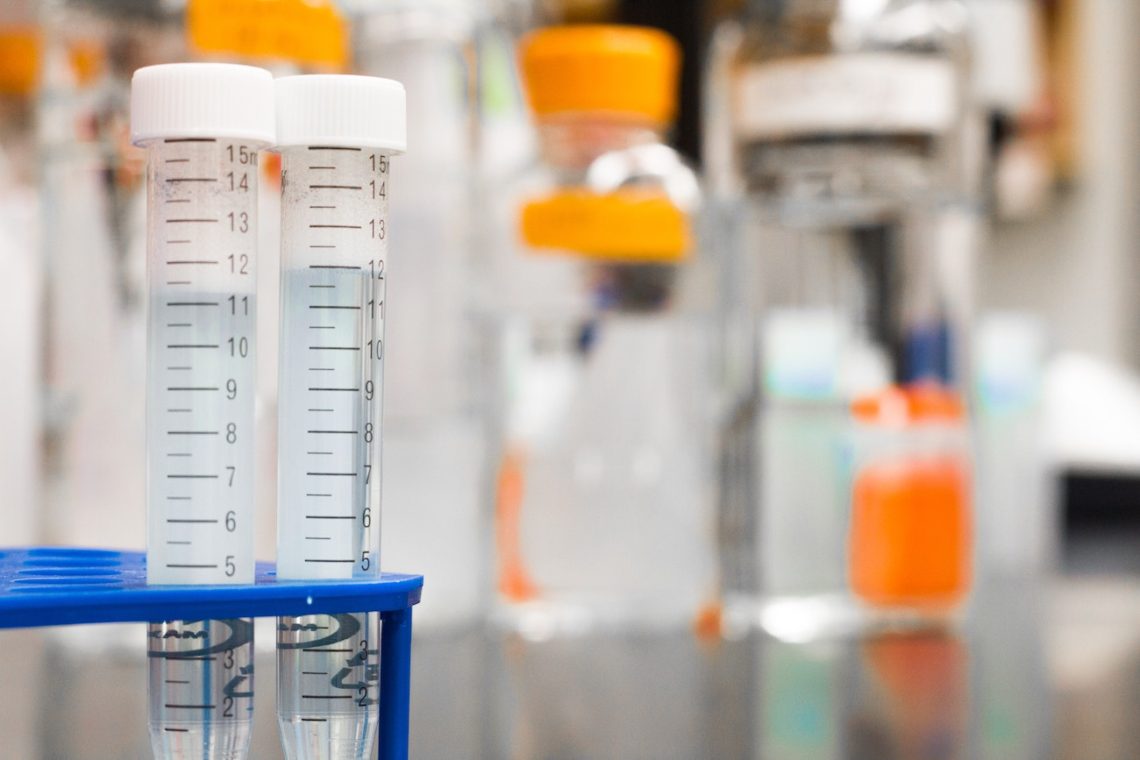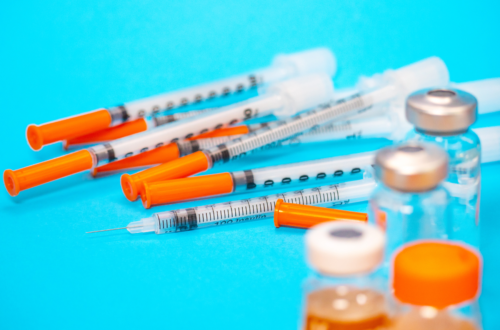
Diagnosing Type 1 Diabetes in Adults
The UK T1D Immunotherapy Consortium recently updated their guidance on diagnosing type 1 diabetes (T1D) in adults.
This is particularly important as a large portion of new onset T1D in adults are misdiagnosed as Type 2 diabetes (T2D). An accurate diagnosis matters. It can shape selection and advancement of treatment, understanding of natural disease progression, and expectations around the efficacy of diet and lifestyle. Most importantly, a misdiagnosis can be incredibly frustrating and discouraging for patients.
Clinical Features
While there is no single feature that distinguishes T1D from T2D in adults, presence of the following parameters suggest the need for further screening before diagnosis.
- Younger Age. Although more than 50% of T1D cases present in adulthood, most new cases of diabetes in adults over 30 are T2D.
- Rapid progression to insulin. T1D usually requires insulin within 3 years of diagnosis, though in subtype of T1D called LADA (Latent autoimmune diabetes in adults), the need for insulin may be delayed up to 6 six years.
- Lower BMI. A low BMI (<25 kg/m2) can be suggestive of T1D, but keep in mind that roughly 8% of new onset T2D adults older than 50 are not overweight.
Other features include presentation with a high A1c/glucose and ketoacidosis with weight loss before diagnosis.
Autoantibodies
In addition to clinical features, laboratory testing can offer further insight. Beta-cell autoantibodies, if tested within the first 3-years of diagnosis, are valuable for identifying T1D. Positive beta-cell autoantibodies are strongly associated with autoimmune T1D. Autoantibodies to test include;
- (GADA) Glutamic Acid Decarboxylase Antibodies
- (IA-2A) Insulinoma Associated-2 Autoantibodies
- (ZnT8A) Zinc Transporter 8 Autoantibody
While negative beta-cell autoantibodies do not necessarily “rule out” T1D, they do suggest a likely diagnosis of T2D in older adults, or consideration for MODY in adults younger than 35 years. The MODY Probability Calculator can help guide further screening if neither T1D or T2D is suspected.
C-Peptide
C-peptide is the preferred test in patients with long duration diabetes. C-Peptide is a substance produced in the pancreas in tandem with insulin. When endogenous insulin production is diminished, C-peptide levels will likely be low. It’s recommended to test non-fasting C-peptide roughly 1-5 hours after consuming a carbohydrate-based meal.
A C-peptide greater than 250 ng/mL is strongly suggestive of T2D. A value less than 0.6 ng/dL is evidence of severe insulin deficiency most commonly found in T1D, though C-peptide can be very low in more advanced forms of T2D.
The full guidance can be accessed for free on Wiley Online Library.
Tatovic D, Jones AG, Evans C, et al; Type 1 diabetes UK Immunotherapy Consortium. Diagnosing Type 1 diabetes in adults: Guidance from the UK T1D Immunotherapy consortium. Diabet Med. 2022;00:e14862. doi:10.1111/dme.14862


You May Also Like

CDCES and Primary Care: A Healthy Partnership
June 21, 2022
Your Guide to Diabetes Supplies: Insulin Syringes
August 1, 2023
